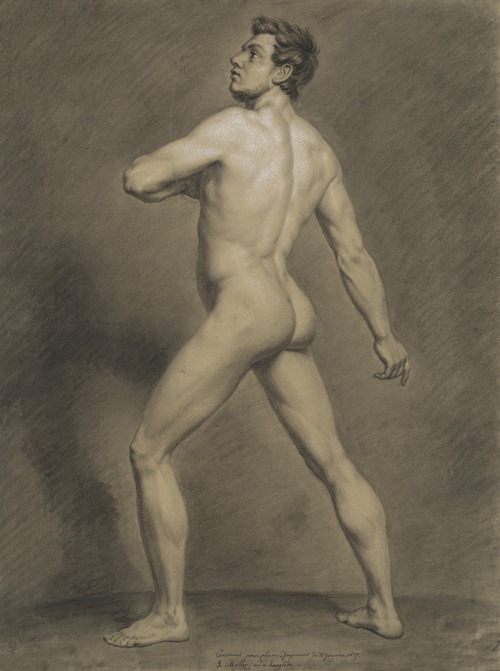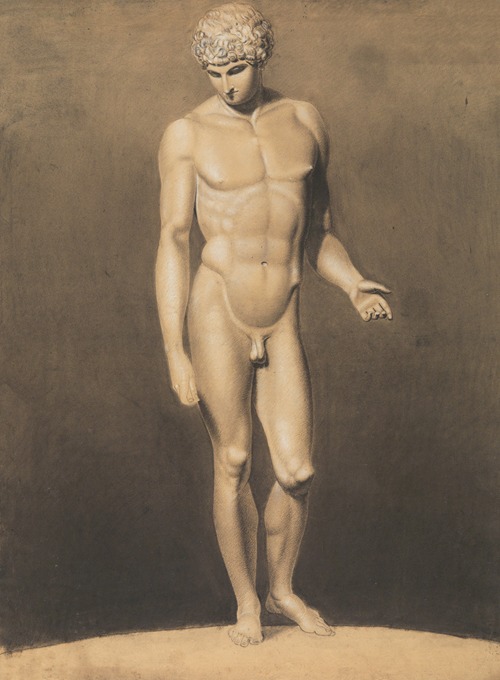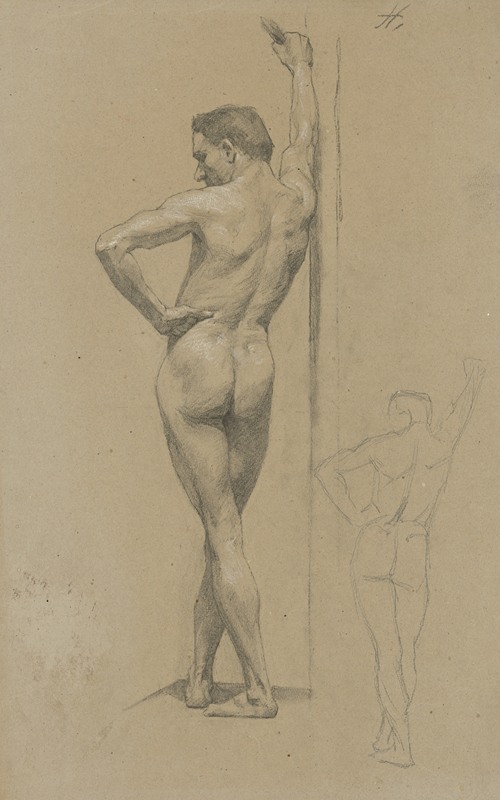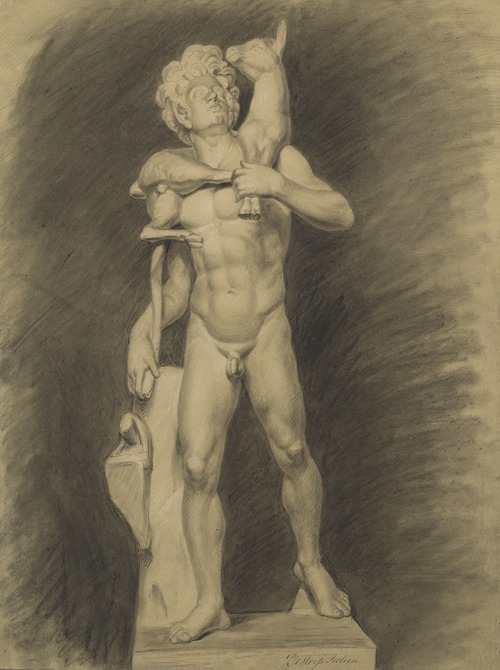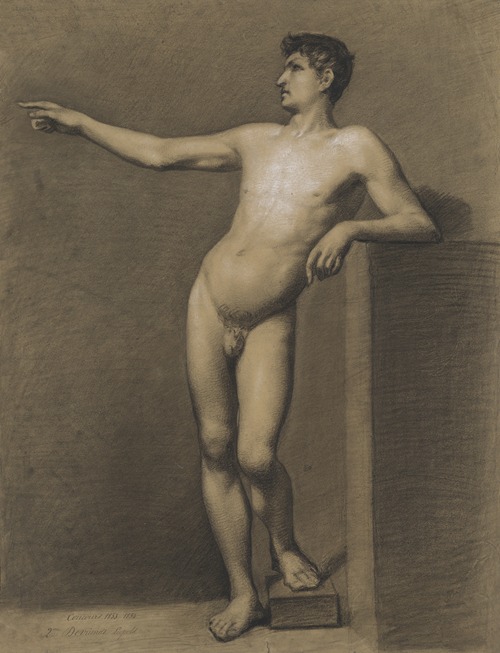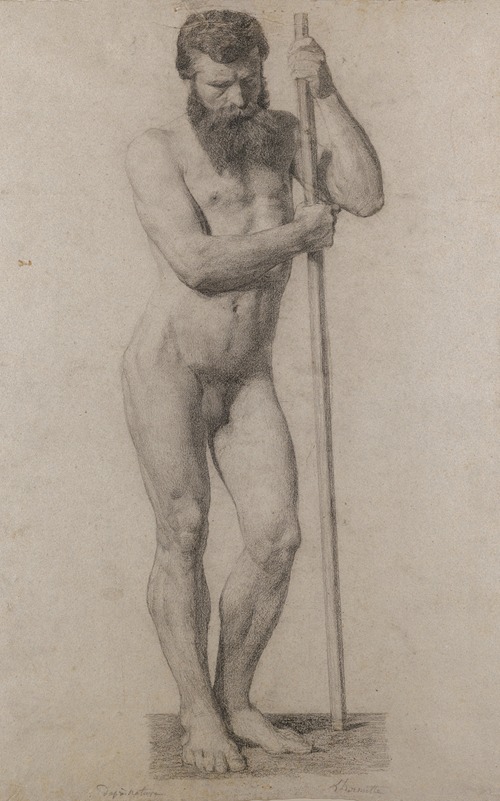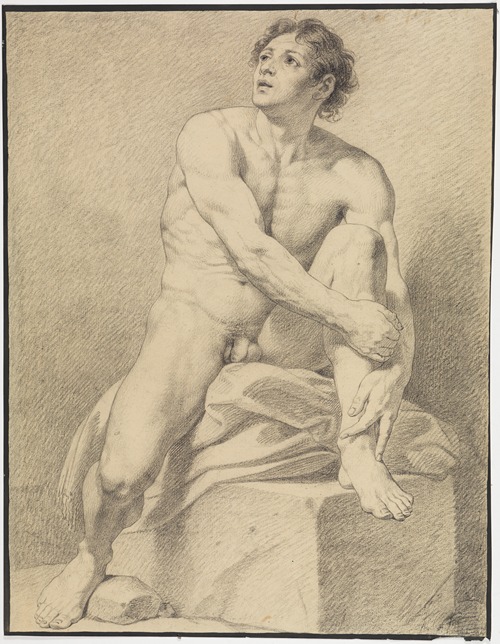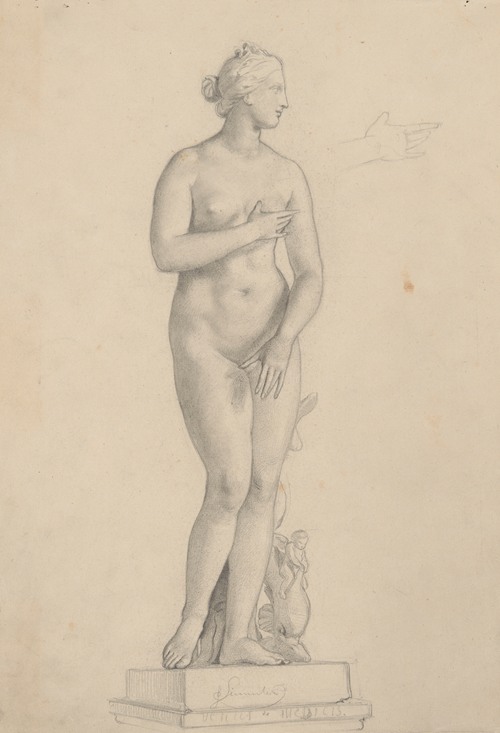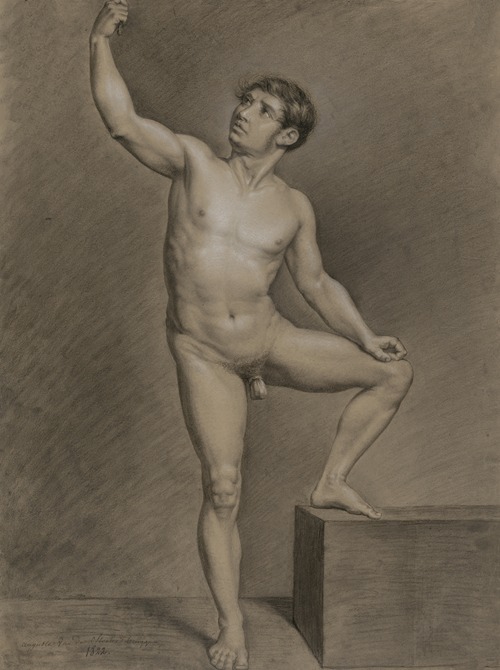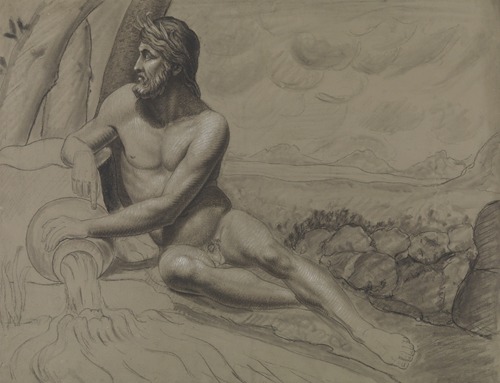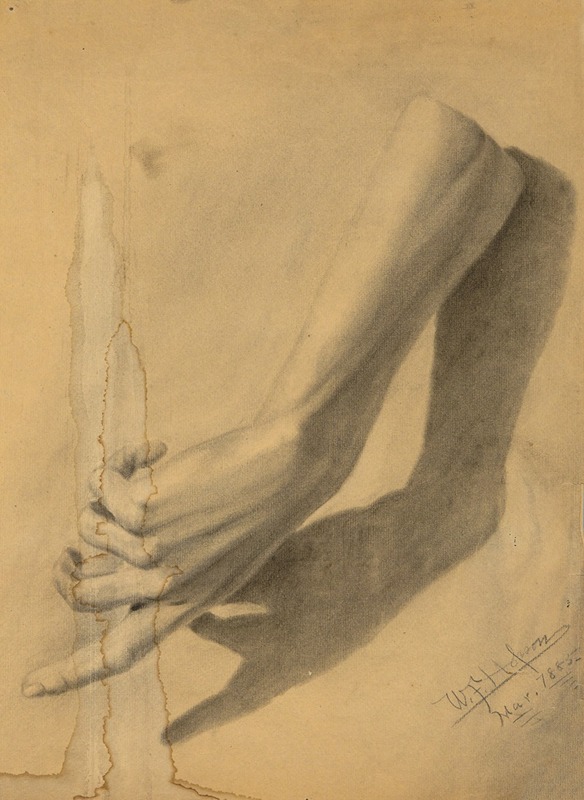
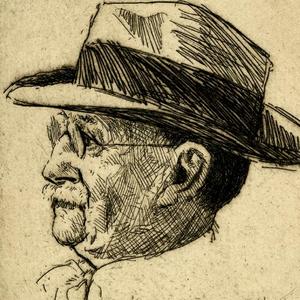
Born in Watertown, Connecticut, William Fowler Hopson was best known for his bookplates, although he also worked as a painter, engraver, etcher, and illustrator. In 1867 he was briefly apprenticed with Henry Curtis, an engraver from Hartford. He then worked with Lockwood Sanford in New Haven. After studying J. D.Felter and August Will in New York, he opened an engraving shop with Roger Sherman around 1872.
In 1885 he began working in a studio/workshop in his home. His first bookplate design, an etching, was produced in 1892. Among his important commissions were a set of over two thousand engravings for a late-nineteenth-century edition of Webster’s Unabridged Dictionary and engraved illustrations for an edition of a George Eliot novel. Hopson exhibited works at the Paris Exposition of 1900 and was a member of many art organizations, among them the Grolier Society of New York, the Club of Odd Volumes in Boston, the California Bookplate Society, and the American Institute of Graphic Arts. In 1901 he received an honorable mention at the Pan-American Exposition in Buffalo.

